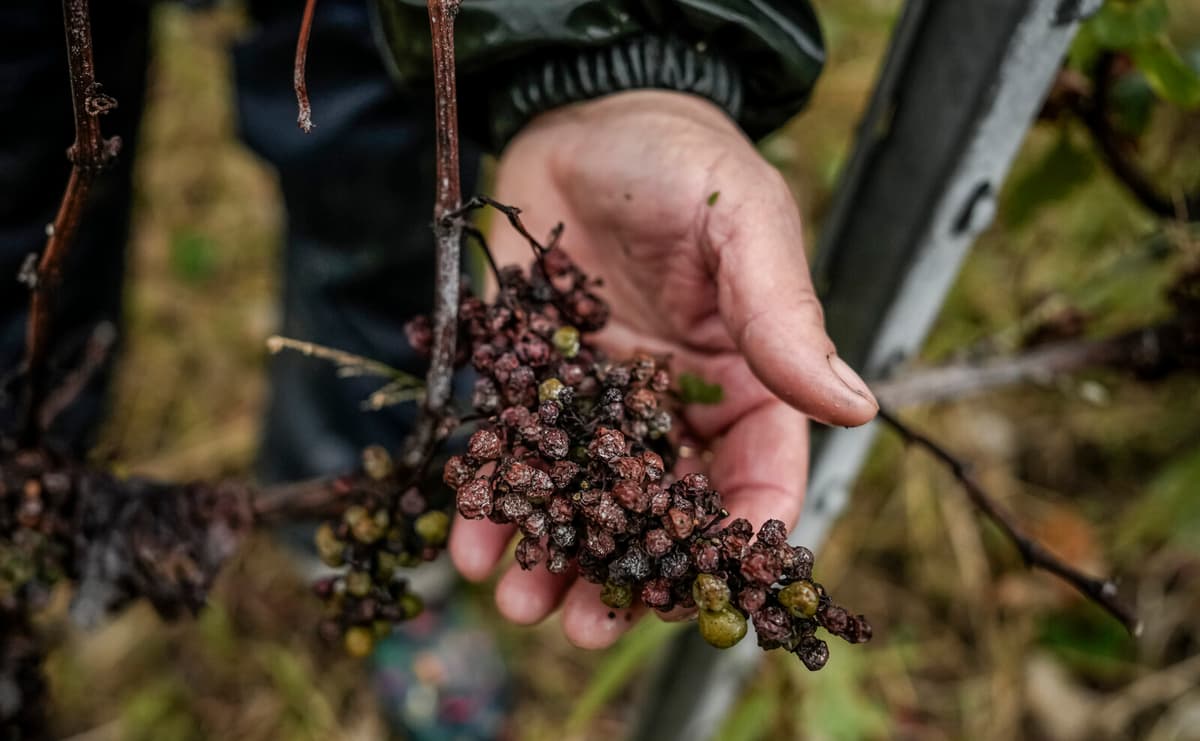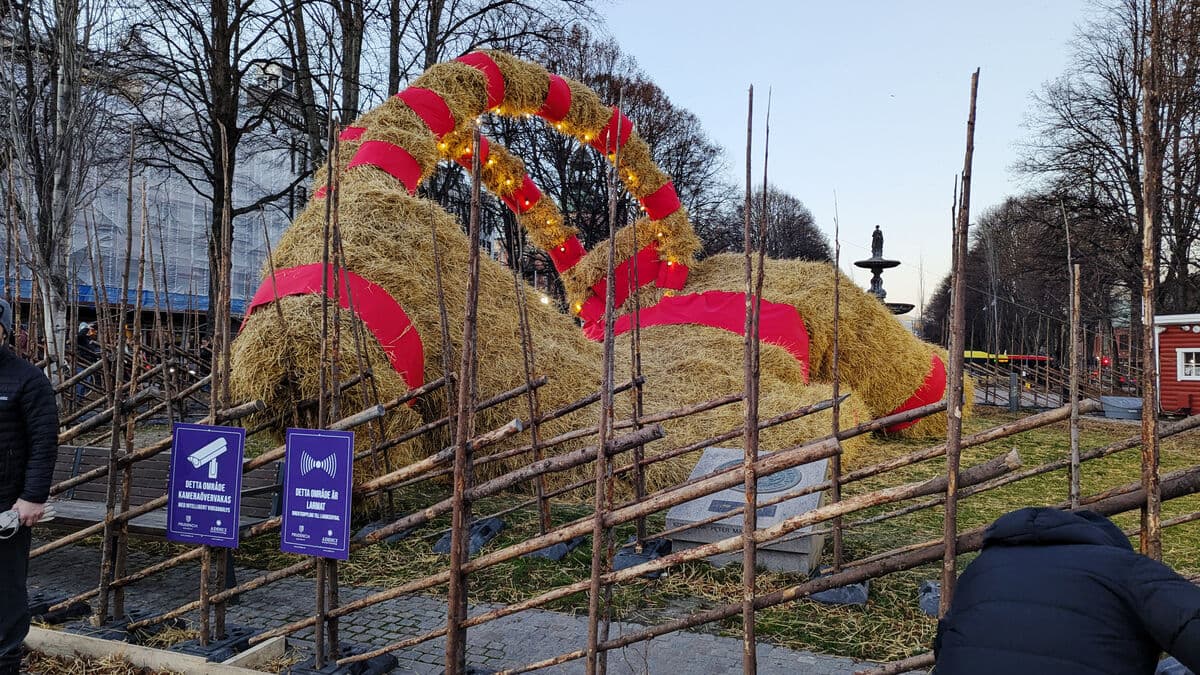Last year's wine production of 237 million hectoliters was the lowest since 1961, when drought, heatwaves, and floods affected the grapes. The industry organization OIV does not believe that this year's harvest will be much better - under 250 million hectoliters is their estimate.
Large wine-producing countries such as Italy, Australia, and Argentina have increased production somewhat during the year, but are still at levels far below normal. For France and Chile, it has gone worse.
Worse than the bottom year
In Spain, the harvest of grapes used for Rioja wine is worse than the bottom year 2002, reports Antena3.
A major problem is the fungus botrytis, which is favored by rain and high temperatures and causes rot. Landslides triggered by intense rainfall have also affected the harvest.
Furthermore, the ripening process of the grapes has changed drastically. If it previously took 20 days, the ripening now occurs in just eight or nine days, which means that the harvest must be done faster.
In 2021, I started the harvest on September 7, but I remember harvesting with my grandparents on October 12. That's a difference of six weeks, says winemaker Bequer Prieto to Antena3.
Remained constant
Although it is normal for production to fluctuate, it has remained fairly constant between 250 and 300 million hectoliters over the past 30 years, says OIV chairman John Barker to the news agency AFP. Now, climate change has hit the entire production hard.
A decisive factor has been that the geographical spread previously helped to balance the risks at a global level. Therefore, it is telling that global production last year fell below the bottom of the interval.





